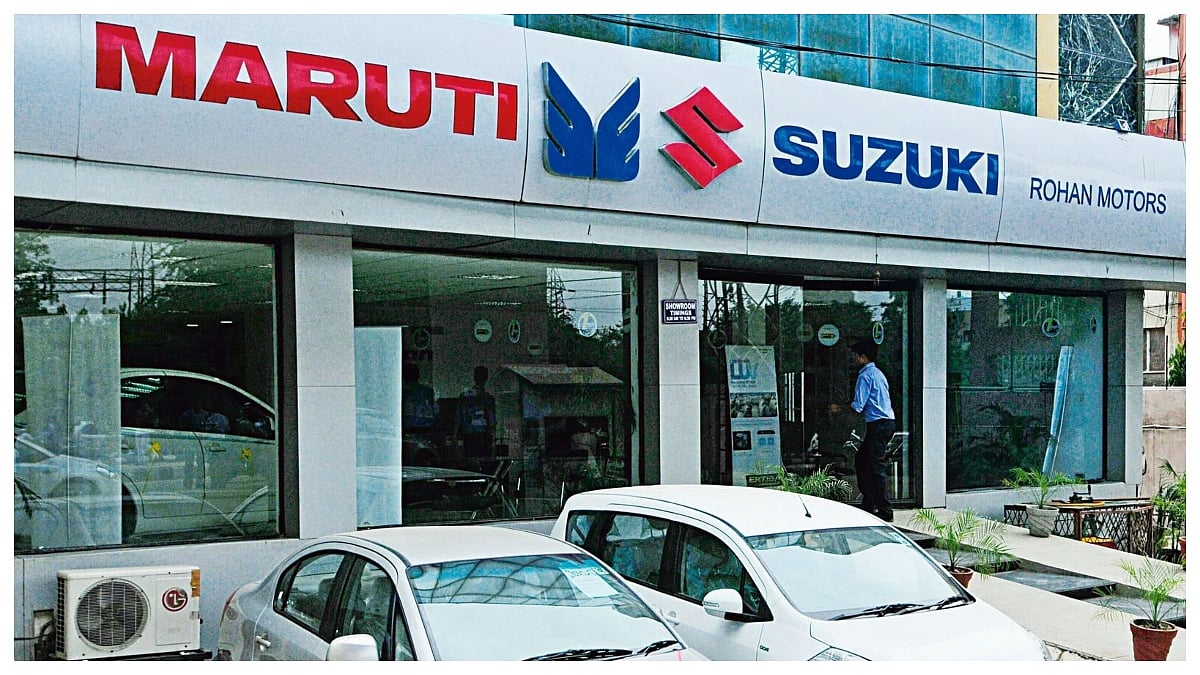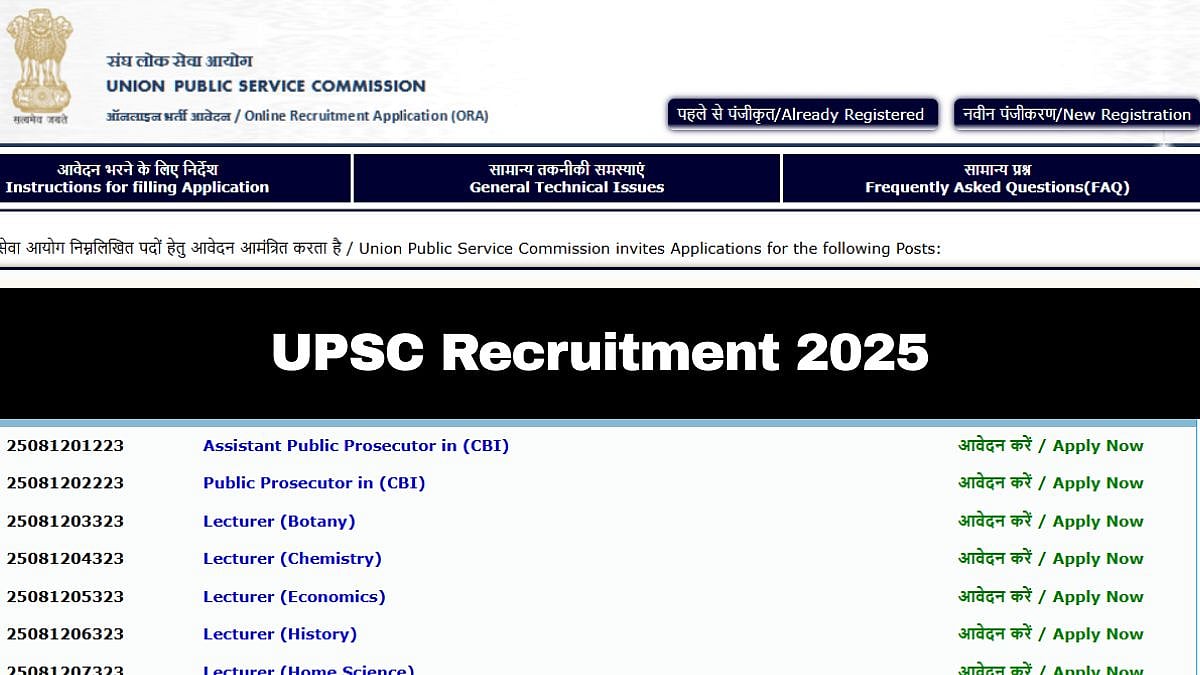Self-watering system
Students of grades 5 to 6 were asked to bring the required materials to make a self-watering system that can be developed as an automatic irrigation system for plants.
They also made bird feeders using recycled materials, while understanding that they are the caretakers of the planet and its flora/fauna.
Making cloth bags out of old T-shirts
Students of grades 7 and 8 were motivated to recycle their old T-shirts and turn them into shopping bags. They practised the art of reducing, reusing and recycling thus aiding in conservation rather than adding to the trash pollution.
They also learnt how to quantify non-renewable resources by auditing the actual consumption of their family members’ use of resources (water, electricity, modes of transport used etc) and filling these numbers in the carbon footprint calculator (www.conservation.org) This made them more aware of reducing their wastage of resources.
Forest in a box
The pupils of grade 6 made a shoebox diorama based on a mountainous landform/equatorial forest vegetation structure. This diorama showcased the vegetation, flow of rivers, agricultural practices and houses in this region (if a mountain landform is selected). The diorama also showcased the different layers of vegetation in an equatorial forest.
The impact of El Nino on agriculture in India and the mitigation of its effects.
The objective of this project was to investigate and learn about the El Nino effect, trade winds and upwelling. Students of grade 8 did in-depth research and compiled their findings in a PPT.










